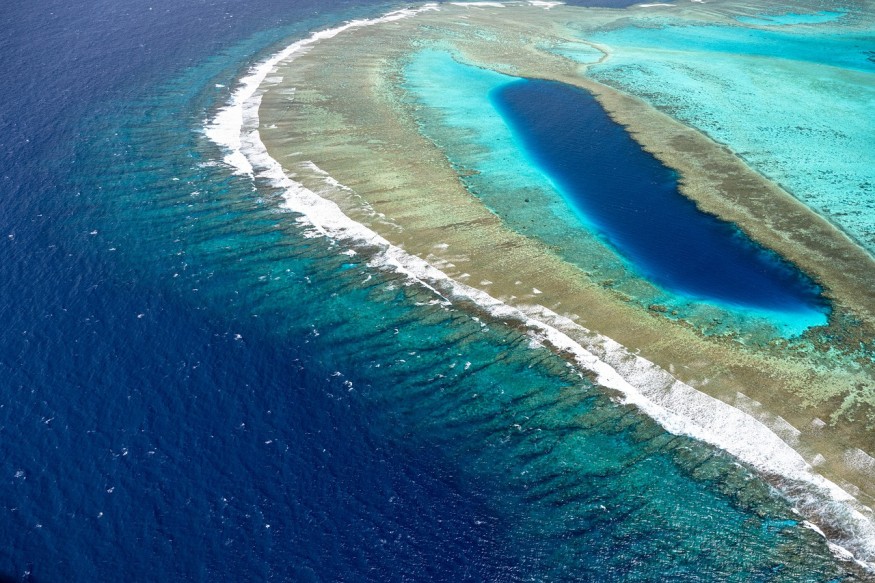The Great Blue Hole off the coast of Belize has been a popular tourist attraction for years, skydiving towards the giant marine sinkhole has been a thing nowadays.
It is in the Mesoamerican Reef and near the middle part of Lighthouse Reef, a small atoll situated 70 kilometers from Belize City and the mainland. Reports estimate it is over 300 meters wide and 124 meters deep.
Despite the popularity of the Blue Hole, no one previously know its formation and what is found at its bottom for a long time until Virgin group of company founder Richard Branson and ocean conservationist Fabien Cousteau went for a deep dive on a live broadcast in recent years. What they found has been remarkable but no hiding megalodons or unknown monstrous sea creatures.
What is Under the Blue Hole?

Branson and Cousteau in December 2018 launched their challenging expedition using two submarines, with the goal of finding what lies at the bottom of the "mysterious hole," which was discovered by underwater explorer Jacques Cousteau in 1971, Australia's Nationwide News reported.
The expedition's chief pilot Erika Bergman, during an interview with CNN Travel, said the discovery was "really cool" and they captured images to construct the first 3D map of the Great Blue Hole, as cited by the Australian news outlet.
Based on the CNN Travel interview, Bergman disclosed one of the most exciting discoveries was "never-before-seen" stalactites, mineral formations which are shaped like icicles at a depth of around 407 feet and very near in the blue hole's seabed.
On the other hand, the expedition team found some mysterious, unidentified tracks at the lowest depth of the hole, which Bergman said to remain for "open interpretation." In addition to the bizarre findings, tropical fish communities and coral formations were also present in the underwater hole.
Great Belize Blue Hole
Broadcasted globally on the Discovery Channel, the expedition was the first submersible dive to the hole's bottom along the said Mesoamerican Reef, which is the world's second-largest barrier reef network.
The group was also present in the area at that time to support the work of Ocean Unite, which aims to raise public awareness of protecting at least 30% of Earth's ocean by 2030, according to the website Lonely Planet.
Marine Sinkhole Formation
Just like the blue hole, sinkholes in general form when different types of rocks, salt beds, and others are naturally dissolved by water circulating through them, according to the United States Geological Survey. When rock dissolves, the development of spaces and caverns underground is revealed, normally in a circular shape.
In the case of the Belize Great Blue Hole, there are theories suggesting that the area's water levels were significantly lower before. The sinkhole initially formed as a limestone cave during the latest glacial period. When the ocean water levels started to rise, the cave system was flooded and collapsed, which resulted in a "vertical cave" under the ocean, according to Atlas Obscura.
Related Article: Belize's 'Blue Hole' Holds Clues to Collapse of Mayan Civilization
© 2025 NatureWorldNews.com All rights reserved. Do not reproduce without permission.





